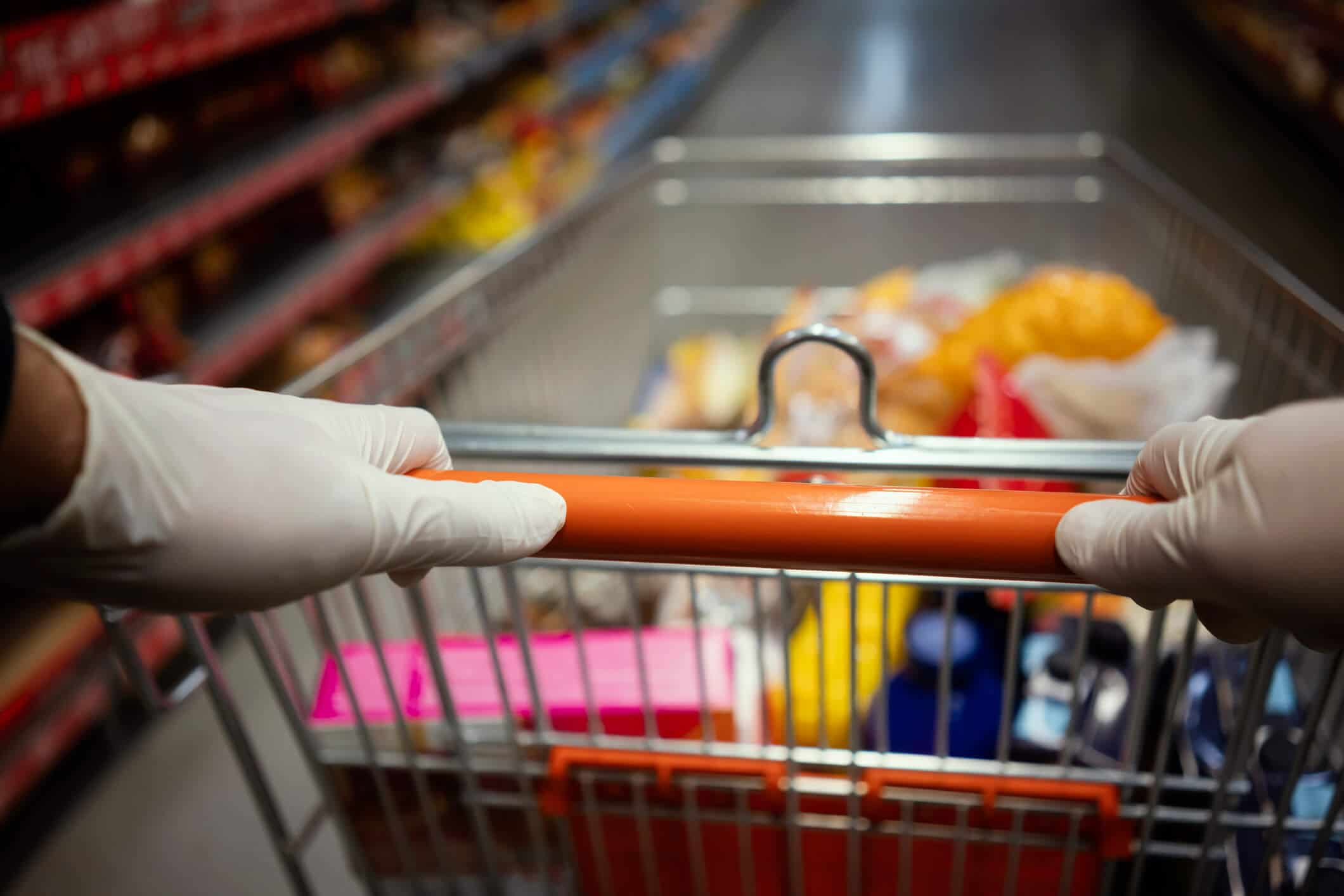COVID-19 has created severe disruptions to the supply chain, and it’s not just a matter of running out of toilet paper and hand sanitizer. Deeper implications show a shrinking window of access to food and other critical items and a growing mountain of waste due to spoilage and reduced demand. For example, Belgium recently announced a surplus of potatoes and encouraged its citizens to eat potato products twice a week. Farms cannot find enough laborers to harvest their crops, resulting in massive food waste. While fewer people are eating out and supermarkets are scrambling to keep up, providers must rework their logistics to accommodate these market shifts. It may be too early to see the big picture, but businesses and manufacturers can start taking steps now to increase supply chain visibility and decrease the negative impact on the supply chain. Here are a few potential actions to prioritize.
Partner with a Variety of Suppliers
In many cases, smaller grocery stores have been able to fill gaps left behind by larger grocery chains. This has several advantages for producers and manufacturers. For starters, smaller grocery stores don’t have the bureaucracy of larger companies and are usually easier to sign on as a channel partner. This is particularly essential to companies that deal in perishable goods, as they have very small windows in which they can transport and sell items. Experts note, however, that when supply chains do go back to normal, many of the old buying patterns may return. This means consumers will continue to flock to larger chains and stay away from smaller stores, which may erode some of these newly formed partnerships.The biggest lesson here is to avoid putting all your eggs in one basket. Having a diverse network of merchants can help create more fluid operations when dynamics shift in one direction or the other.
Identify Local Partnership Opportunities
To help streamline the movement of goods, now is a good time to look for local partners that can remove some of the pressure from the national supply chain. In the past, offering locally made products carried a premium appeal with a premium price. Not many stores offer locally produced foods or goods as a general service offering, which made finding locally sourced goods somewhat akin to a treasure hunt. However, partnering with local suppliers can also be viewed as an exercise in resiliency. Many of the larger hurdles like transportation times are eliminated and goods can be moved and sold quickly and efficiently.
Implement Specification Management Software for Better Supply Chain Visibility
Specification Management software provides a single source of truth for companies to manage their products and materials at the specification level. This means capabilities for tracking suppliers for each product and their place in your supply chain. By using Specification Management, companies can get a better sense of where supply chain bottlenecks can occur and see in advance options and steps they can take to reduce and eliminate them. Download our ebook to learn more about Specification Management and its role in creating stronger supply chains today.
Explore More Blogs
Get Started
With Specright’s Solution Suite, you can digitize, centralize, and link your specification data to drive efficiencies, intelligence, traceability, and collaboration within your organization and across your supply chain network.




